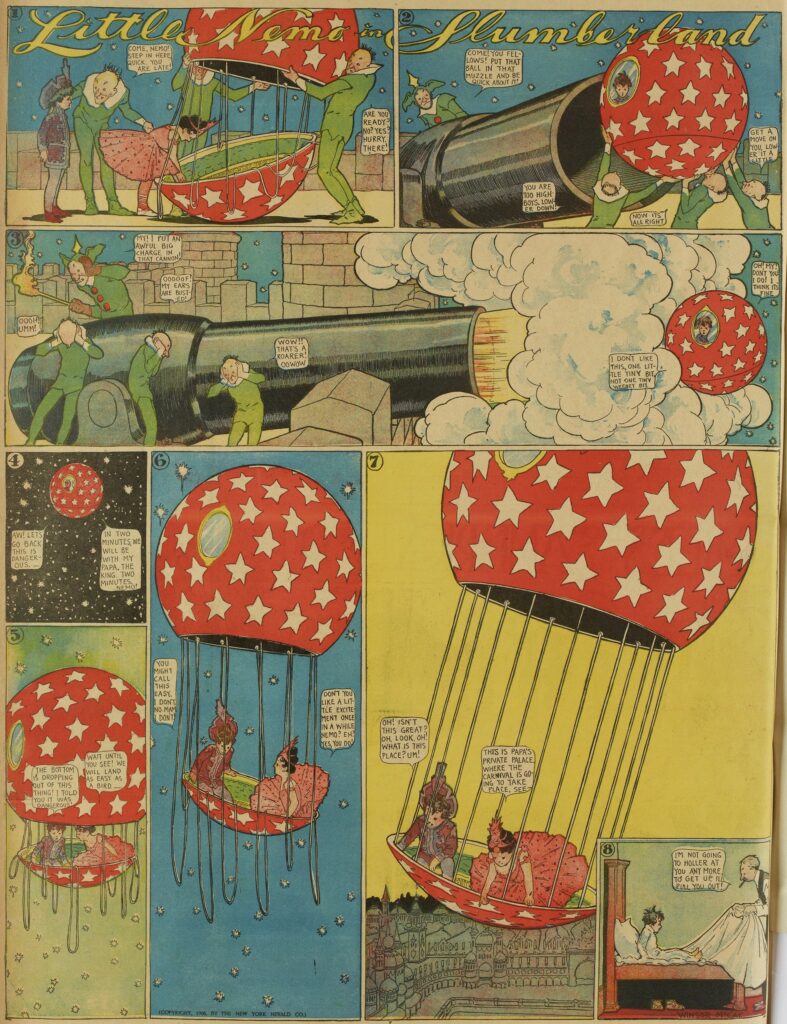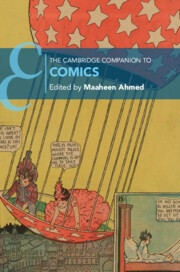Comics are immensely volatile, existing in numerous forms, acquiring different degrees of acclaim (and disdain or indifference): they have designated sections in newspapers, they have leant characters and storyworlds to blockbuster films, they have won literary prizes and they also appear without ISBN numbers and circulate within selected communities as zines. Before becoming the ninth art in France, comics were one of the lively arts for American cultural essayist Gilbert Seldes. Other lively arts for Seldes included vaudeville, circus, musicals – arts that were dynamic, in movement and often multimodal, combining several modes of expression (music, images, dialogues). This lively art is one that mutates, dancing to the tune of the times, lithely adapting itself to captivate new audiences and to tell new stories. It is also an art that has been actively dialoguing with other media, including the fast-paced magazine culture, musicals and theater arts in general, literature (highbrow to pulp) and, of course, films.
In this vibrant and dynamic context, where does the comic start and where does it end? How can we read, interpret and better understand it? Building on a historically rich and varied corpus and the latest, key developments in the young, interdisciplinary field of comics studies, the sixteen chapters of The Cambridge Companion to Comics provide the necessary tools for holistically understanding comics: they cover the long history of drawing, serialities, graphic novels avant la lettre, digital comics, manga aesthetics, comics genres, adaptations, poetry comics and abstract comics, life writing, racial stereotyping, women in comics to comics in and as archives, comics in libraries, museums, educational settings and fan communities.
Scott McCloud famously termed comics as an invisible art, an act of secret labor, because comics rely on ellipses, as suggested by the white spaces or gutters between panels. The ellipses in comics extend far beyond those visible voids. Words, images, panels, serial albums, are all fragments constituting comics, forming a complex network of manifest and latent connections that have been elaborated by scholars such as Thierry Groensteen and Barbara Postema. These connections spread through images, through styles, through dialogues, through the kinds of stories told across different kinds of media from the popular genre of adventure to life writing). Many comics seem to lend themselves for a quick reading but, as the chapters in this Companion show, even the simplest of comics is based on a series of complex artistic, cultural and medium-specific choices.
Take, for example, the source of the Companion’s cover image, Winsor McCay’s Little Nemo in Slumberland, a visual delight. This version appeared on the last page of the Sunday comics section of the Parisian edition of the New York Herald dated 14 October 1906.

The comic rubbed shoulders with the likes of Richard F. Outcault’s Buster Brown, which appeared on the front page, another McCay strip, Little Sammy Sneeze, Gustave Verbeek’s Terror of the Tiny Tads and many other comics that took advantage of the material expanse of the broadsheet to create attractive, immersive worlds. Blending in elements of adventure, fantasy, romance and even, for a brief moment in the fourth panel, a space opera, this installment of Little Nemo seems, almost unconsciously, to present a visual pun on the word balloons that have become representative of, and even metonyms for, comics.
The modulable balloon is a central visual element and catalyst of action: Nemo, anxious as ever, and the joyful Princess are packed into a starry red ball and propelled into their brief intergalactic trip by a canon. As it nears its destination, the ball splits to resemble a hot air balloon. Nemo finally lightens up as he sees the elaborate palace below them. A carnival is being prepared, we are told. “See?,” the Princess asks, but we never see as Nemo is rudely woken up and we, along with Nemo have to wait for the new episode with its fresh, and at the same time familiar, set of plot twists and turns conveyed with visual and plastic virtuosity. Comics is then also an art of rhythm and space.
The Cambridge Companion to Comics tries to color in many of these spaces and choreograph the rhythms to offer a full portrait – more precisely a series of portraits – of the many kinds of comics, including and going beyond the graphic novel. With insightful and original contributions by leading scholars, this Companion also offers a set of productive angles to approach comics by paying special attention to the forms, multimodality, media interactions, representations and misrepresentations and the lives of comics in institutions and communities.
The Cambridge Companion to Comics includes chapters by Maaheen Ahmed, Jan Baetens, Jaqueline Berndt, Giorgio Busi Rizzi, Benoît Crucifix, Blair Davis, Erwin Dejasse, Mel Gibson, Simon Grennan, Susan Kirtley, Shiamin Kwa, Nicolas Labarre, Matthieu Letourneux, Kim Munson, Joe Sutliff Sanders, Daniel Stein and Paul Williams.
Works cited:
Hillary Chute, “Secret Labor: Sketching the Connetion between Poetry and Comics,” Poetry, 1 July 2013. Available online: https://www.poetryfoundation.org/poetrymagazine/articles/70022/secret-labor
Thierry Groensteen, The System of Comics. Translated by Bart Beaty and Nick Nguyen. University Press of Mississippi, 2007.
Scott McCloud, Understanding Comics: An Invisible Art. Kitchen Sink Press, 1993.
Barbara Postema, Narrative Structures in Comics: Making Sense of Fragments. RIT Press, 2013.
Gilbert Seldes, The Seven Lively Arts. Harper & Brothers, 1924.

Latest Comments
Have your say!